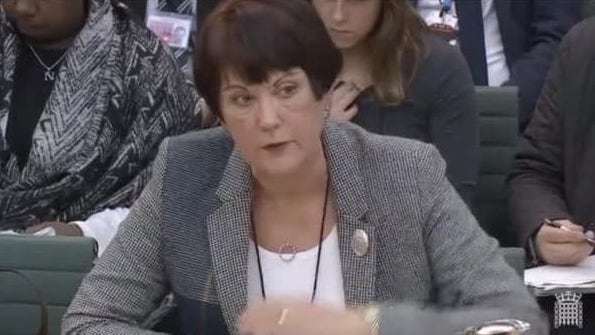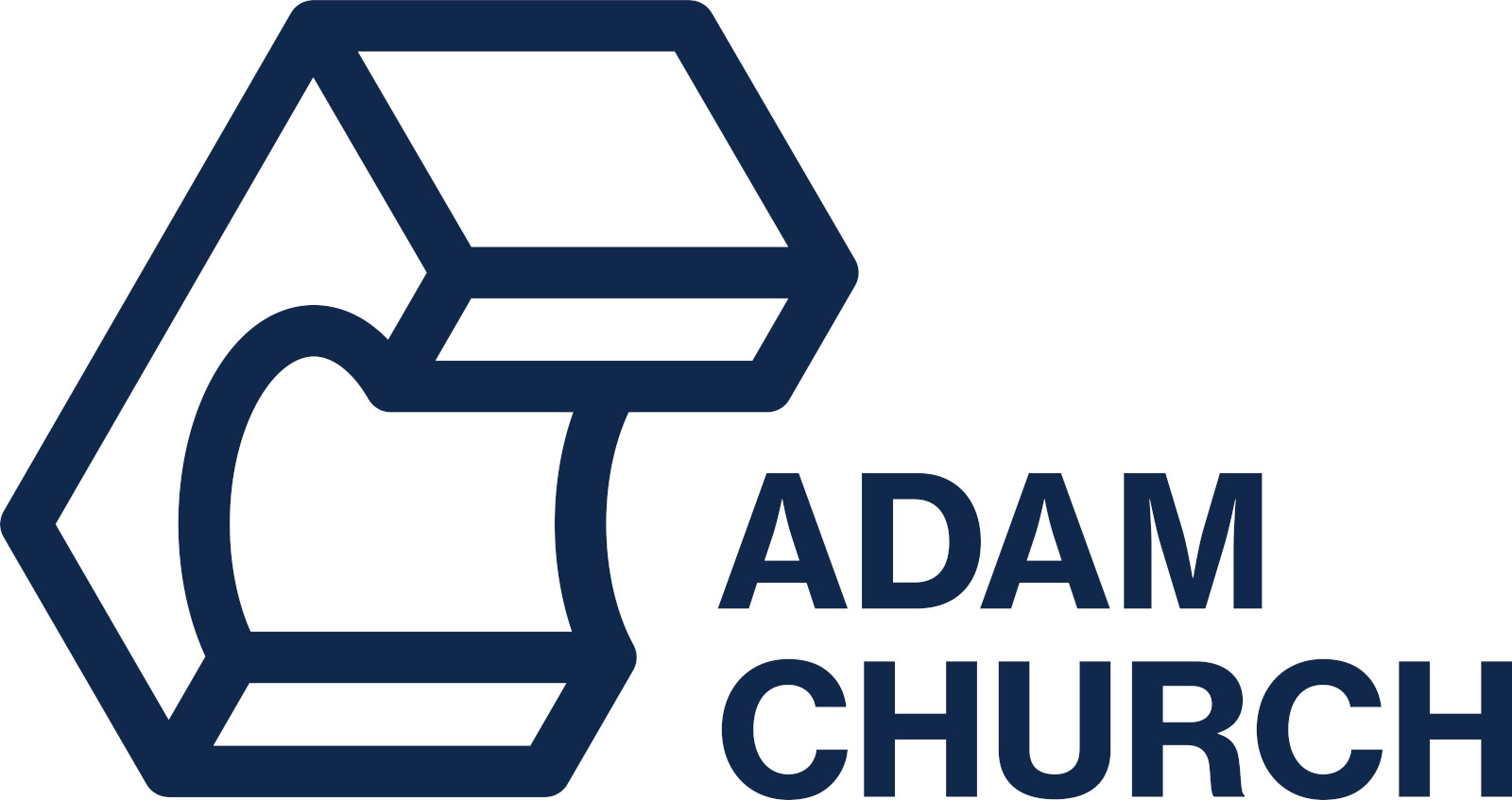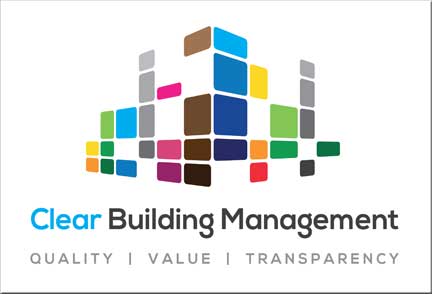
By Harry Scoffin
Last week government issued a call for leaseholders of flats in high-rise buildings to submit their views on how their homes can be better protected from fires and other structural risks. The public consultation closes on July 31.
This development comes as a response to the Independent Review of Building Regulations and Fire Safety, which was published in late May and commissioned in the immediate aftermath of the Grenfell Tower fire.
Authored by former health and safety commissioner Dame Judith Hackitt, the final report found that residents were being systemically denied a voice in the management of both social and privately-owned blocks. It also identified a “lack of clarity on roles and responsibilities … ambiguity over where responsibility lies, exacerbated by a level of fragmentation within the industry, and precluding robust ownership of accountability”.
With the words “leasehold” and “leaseholder” appearing just 7 times across the 159-page report, there was little discussion of how the structural deficiencies of leasehold as a residential tenure can lead to the neglect of not only resident voice, but also the building itself.
It is sometimes difficult for leaseholders to have their grievances addressed when the identity of their freehold landlord is obscured. The “building owner” could be a shell company, or an offshore vehicle where the beneficial ownership is hidden behind nominee directors. At least serfs knew who their feudal lord was …
Nonetheless, in its consultation paper on implementing Dame Judith’s reform package, government has signalled some awareness of the murky world of leasehold:
“Dutyholder roles can be fulfilled by either an individual (defined legally as a ‘natural person’) or a legal entity. However, we are considering whether, where this is discharged by a legal entity, there should be a single accountable person at board level who can be identified as having responsibility for building safety.”
It intends to adopt Dame Judith’s concept of a “dutyholder” into law by creating an “accountable person” role. This will apply to the party who claims service charge monies and other fees related to the upkeep of the external façade and common parts of a tall building.
Possibly in recognition of the blurred lines of accountability that leaseholders often have to navigate, the proposals maintain that the “accountable person” be a third-party freeholder or head lessee; a management company embedded in the leases; a right to manage company; or a commonhold association.
Government helpfully acknowledges that freehold landlords have no legal duty to pay any money towards the upkeep of the buildings they own, with all costs shouldered by leaseholders:
“… we are mindful that this may be costly and remediation works are likely to be different to other costs of the new building safety regime because they may be one-off, unpredictable and vary considerably between buildings. Currently, we would expect such costs to fall to leaseholders and landlords in the same way that costs for other major works in multi-occupied residential buildings would”
[Er … leaseholders do all the paying, as it happens.]
Pre-empting the blame shifting between landlord and managing agent that could hinder the effectiveness of the new national regulatory body for building safety, the landlord would be forbidden from devolving his accountability function to a managing agent or contractor. He would be entitled to enlist professionals to help him discharge his duties through the “occupation period” of the building, though the regulator would only take enforcement action against the landlord himself.

It is clear government is becoming more familiar with the shortcomings of the ancient leasehold property system, with “building owners” facing a raft of new legal obligations. These include a requirement to provide an address in England and Wales to which the new national regulator for building safety can issue notices.
Despite the stated ambition to “give residents a stronger voice in the system – and ensure their concerns are never ignored”, the proposals seem to work according to the logic that third-party freeholders can be made to perform a stewardship role and listen to leaseholders who have the majority financial stake in the block.
But this overlooks the fact that the relationship between landlord and tenant is an antagonistic one. Their interests do not coincide.
Where leaseholders seek to be safe in their homes, the absentee landlord may be less concerned for the maintenance and structural integrity of their building, especially when he has negligible reversionary value with occupiers on 999-year leases.
Additionally, although leaseholders look to the cost and quality of the work being done to the building, the third-party freeholder may use section 20 as a profiteering exercise since he will not be paying the final bill.
Ultimately, that government is having to rename third-party freeholders as “duty-holders” is another vindication of what Leasehold Knowledge Partnership has been saying for some time: landlords in the leasehold sector are not landlords in the traditional sense of the word.
They own these buildings to monetise them. They provide no service.
Even if residents gain new routes and rights to challenge their landlords who may heighten fire and other structural risks by sweating the asset, they will never have control so long as there is a place for speculators in ordinary people’s homes.
It is time to finally phase out leasehold and make commonhold … common.
Building a safer future: proposals for reform of the building safety regulatory system
Only go outside for food, health reasons or work (but only if you cannot work from home) If you go out, stay 2 metres (6ft) away from other people at all times Wash your hands as soon as you get home Do not meet others, even friends or family.
The only two meetings on combustible cladding held in parliament were organised by LKP for the all-party parliamentary group on leasehold and commonhold reform, with one in July 2018 and the other last month.





 Estate agents say extortionate charges are blighting the lives of 10% of leaseholders
Estate agents say extortionate charges are blighting the lives of 10% of leaseholders






















Aside from not knowing who the ultimate freeholder is, just to add another layer of “confusion” the “developer” is almost certainly not the “builder”.
The days of developers having their own in house workforce are long gone.
So it is now more than likely that your house developed by Persimmon/Taylor Wimpey has in fact been built by sub contracted contractors who most probably do not have a direct labour force either and further sub contract to individuals.
Each layer of sub contracting is another step away from responsibility.
Possibly this is a reason as to why so many new builds are built to such a shoddy standard?
Were the developers the builders, they could readily identify an individual who installed faulty electrics for example?
I strongly suspect, that if you asked Persimmon/Taylor Wimpey “Who installed the faulty electrics?” they would not be able to answer.
Years ago housebuilders were different.
Many years ago, my parents were buying a Laing built house.
The surveyor came round and said “it’s Laing it’s fine” End of survey!
Accountability has been shifted and obscured.
Whilst the developer and builder are not one and the same, poor quality will abound.